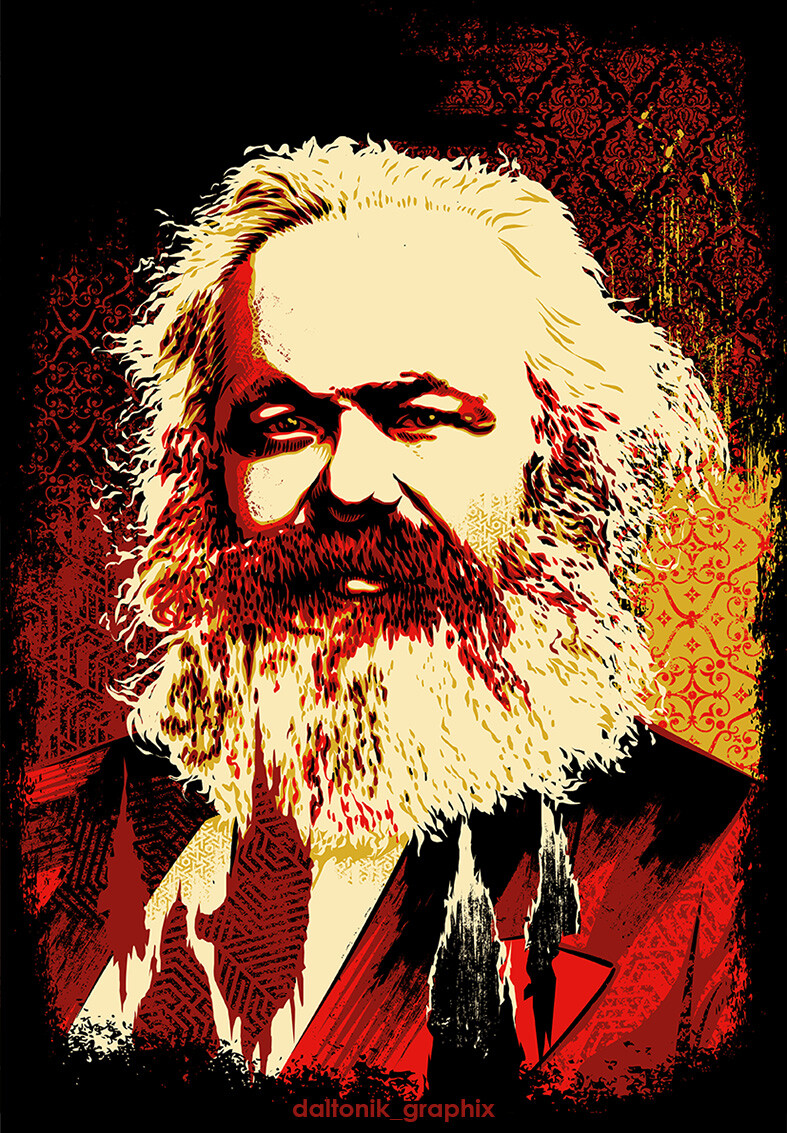Thomas Sankara, political leader of Burkina Faso in the 1980s, was born on December 21, 1949 in Yako, a northern town in the Upper Volta (today Burkina Faso) of French West Africa. He was the son of a Mossi mother and a Peul father, and personified the diversity of the Burkinabè people of the area. In his adolescence, Sankara witnessed the country’s independence from France in 1960 and the repressive and volatile nature of the regimes that ruled throughout the 1960s and 1970s.
From 1970 to 1973, Sankara attended the military academy of Antsirabe in Madagascar where he trained to be an army officer. In 1974, as a young lieutenant in the Upper Volta army, he fought in a border war with Mali and returned home a hero. Sankara then studied in France and later in Morocco, where he met Blaise Compaoré and other civilian students from Upper Volta who later organized leftist organizations in the country. While commanding the Commando Training Center in the city of Pô in 1976, Thomas Sankara grew in popularity by urging his soldiers to help civilians with their work tasks. He additionally played guitar at community gatherings with a local band, Pô Missiles.
Throughout the 1970s, Sankara increasingly adopted leftist politics. He organized the Communist Officers Group in the army and attended meetings of various leftist parties, unions, and student groups, usually in civilian clothes.
In 1981, Sankara briefly served as the Secretary of State for Information under the newly formed Military Committee for Reform and Military Progress (CMRPN). This was a group of officers who had recently seized power. In April 1982, he resigned his post and denounced the CMRPM. When another military coup placed the Council for the People’s Safety in power, Sankara was subsequently appointed prime minister in 1983 but was quickly dismissed and placed under house arrest, causing a popular uprising.
On August 4, 1983, Blaise Compaoré orchestrated the “August Revolution,” or a coup d’état against the Council for the People’s Safety. The new regime which called itself the National Council for the Revolution (CNR) made 34-year-old Thomas Sankara president. As president, Sankara sought to end corruption, promote reforestation, avert famine, support women’s rights, develop rural areas, and prioritize education and healthcare. He renamed the country ‘Burkina Faso,’ meaning, “the republic of honorable people.”
On October 15, 1987, Thomas Sankara was killed with twelve other officials in a coup d’état instigated by Blaise Compaoré, his former political ally. He was 37 at the time of his death.
Megathreads and spaces to hang out:
- ❤️ Come listen to music and Watch movies with your fellow Hexbears nerd, in Cy.tube
- 💖 Come talk in the New Weekly Queer thread
- 💛 Read and talk about a current topics in the News Megathread
- ⭐️ September Movie Nominations ⭐️
reminders:
- 💚 You nerds can join specific comms to see posts about all sorts of topics
- 💙 Hexbear’s algorithm prioritizes comments over upbears
- 💜 Sorting by new you nerd
- 🌈 If you ever want to make your own megathread, you can reserve a spot here nerd
- 🐶 Join the unofficial Hexbear-adjacent Mastodon instance toots.matapacos.dog
Links To Resources (Aid and Theory):
Aid:
Theory:


I'm so confused, how come every leaf in this if branch some sort of error message? Am I misunderstanding how the syntax here? It looks like the stacked if statements are implicitly connected with an AND to form one big if right?
Yess, hehehe. You don't necessarily need curly braces, you can also just specify a single statement to execute after the 'if' statement if it's true. I think they may have used this trick a little too much here lol. I'm not sure what this is called.
I still don't get why both options for the if statement are client errors lol, do you know what's up with that?
The function
heloclaimswill only return 0 if the client doesn't say it has the same name as the server (bad) or doesn't have an otherwise invalid name.And the function
ckhellodoes some additional checks and will only return 0 if the name looks okay.So the program will only proceed down this path if the client is untrusted and they present a bad domain name of some kind. The last
ifstatement just distinguishes between different kinds of bad and takes the appropriate action.Hope that makes sense.
Here's the source code if you want to examine further. It could use some serious renovating lol. I don't think anyone has touched it in years.
[Edit: started writing this before your other reply lol]
nvm I'm an idiot, the 250 reply just prints and the authenticate = 1 is for the outer for loop not shown in the image
tfw python/java dev lmao
You're fine, Plan 9 C is something else lmao
And I love it
Also would you believe me if I said there was no outer for loop and
authenticateis actually a global heheheoh god I totally forgot globals are just casually used everywhere in C
so glad to just be a simple lowly (highly?) java dev